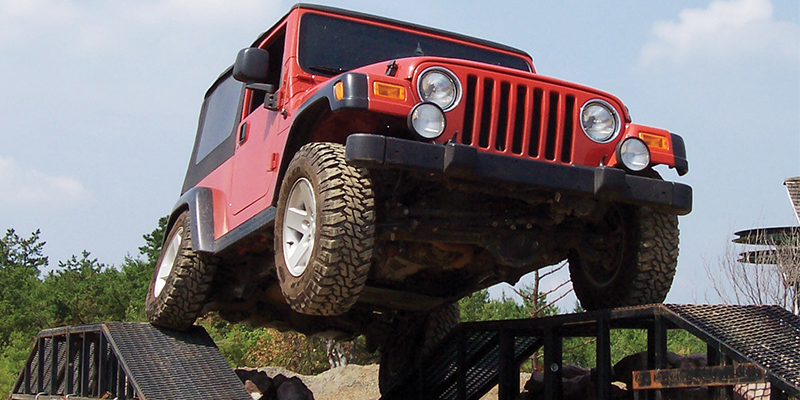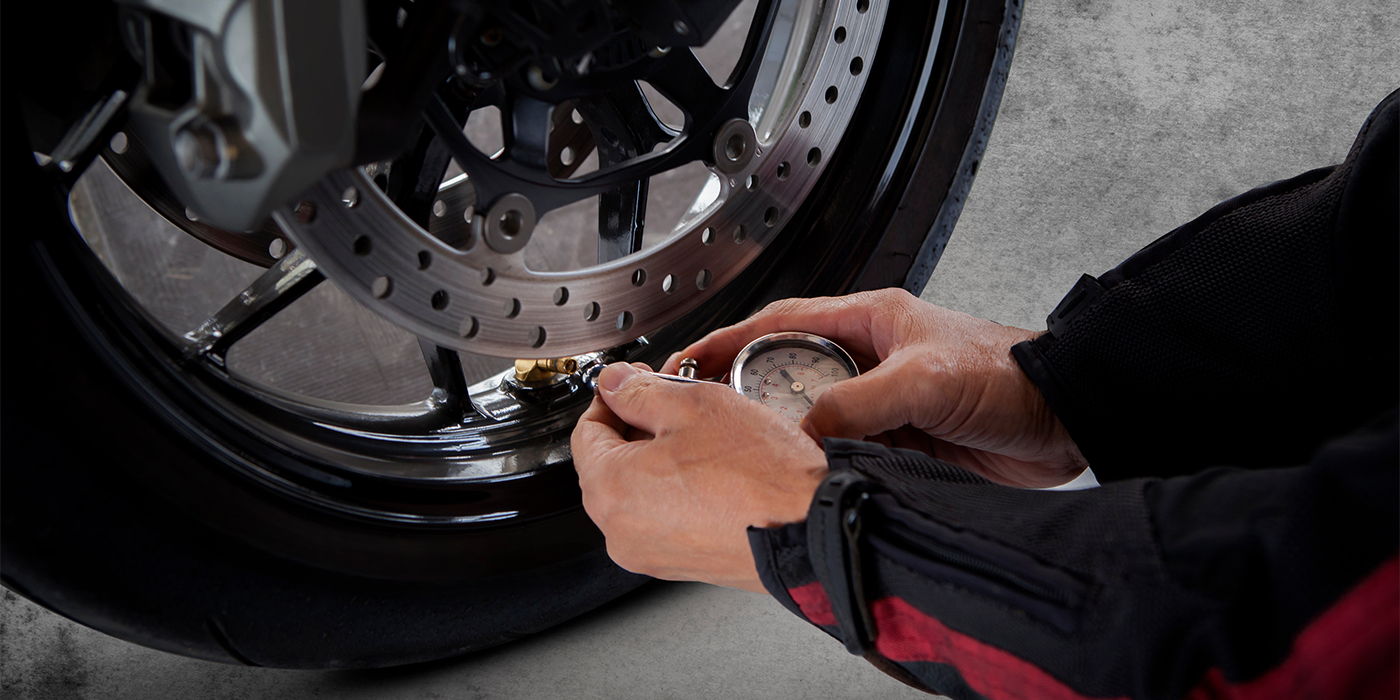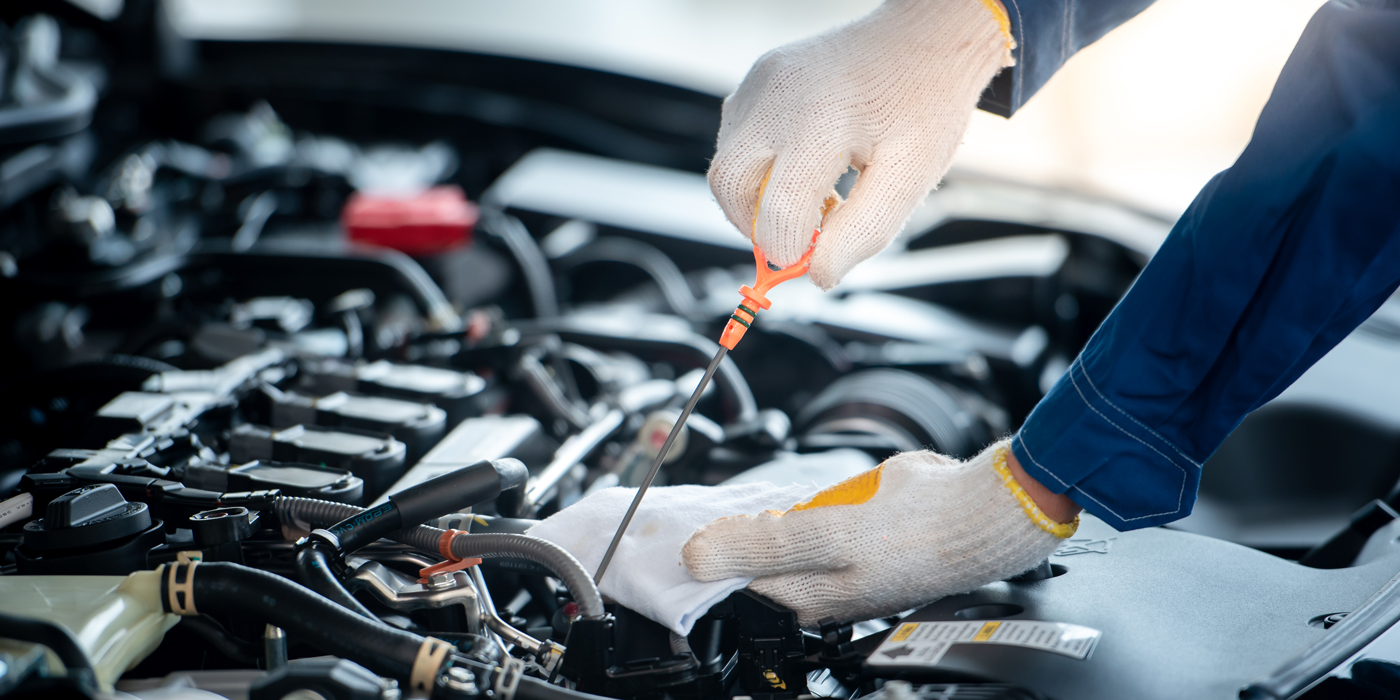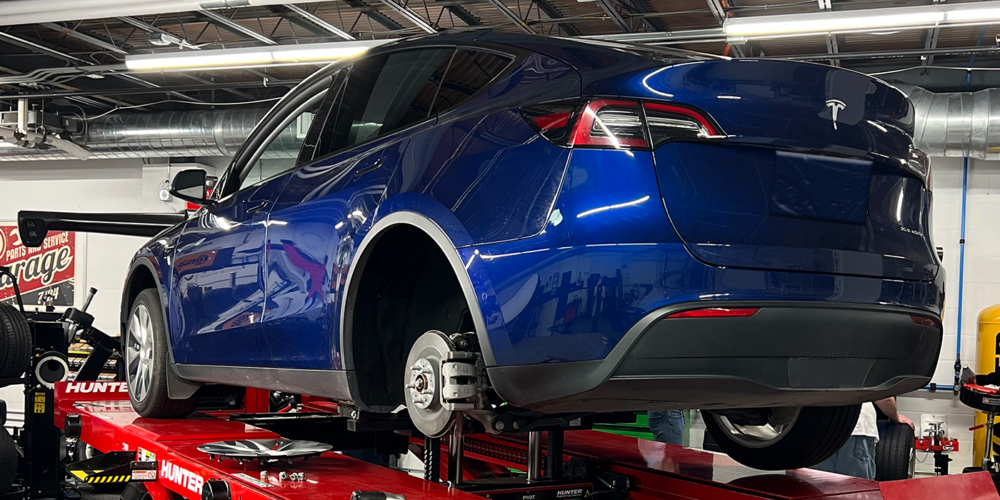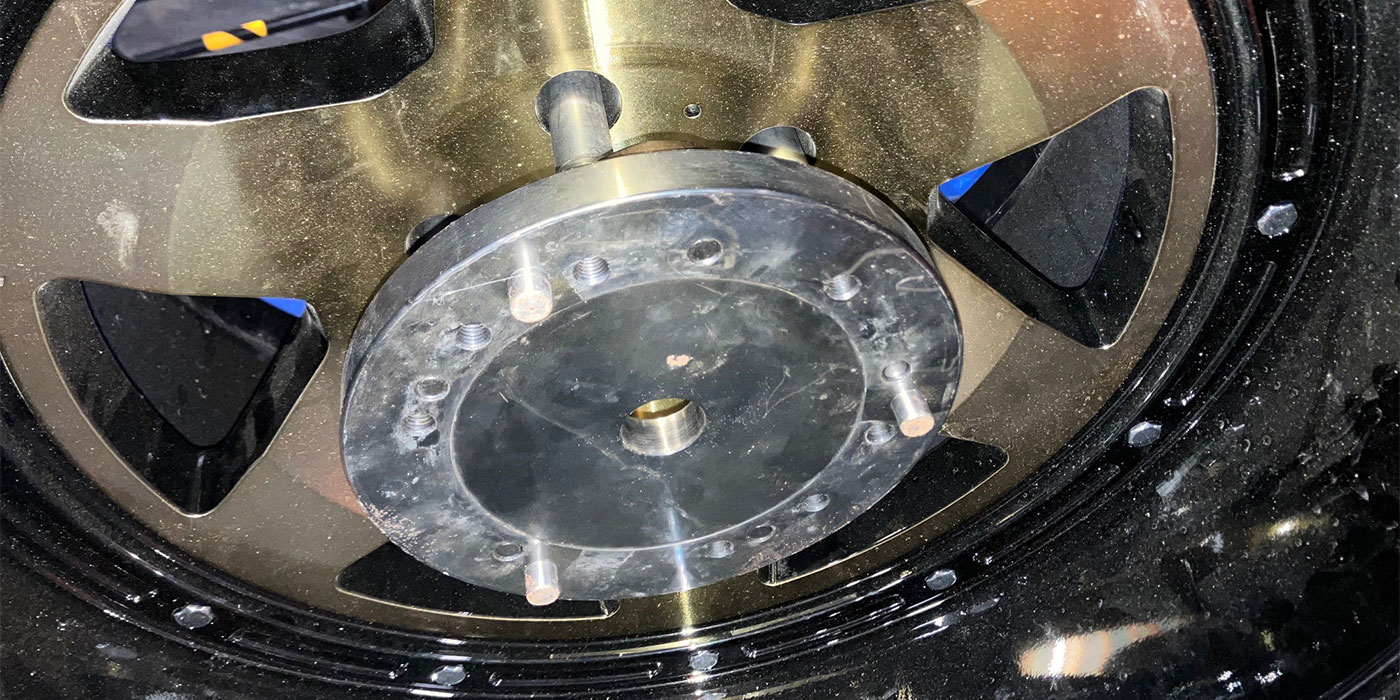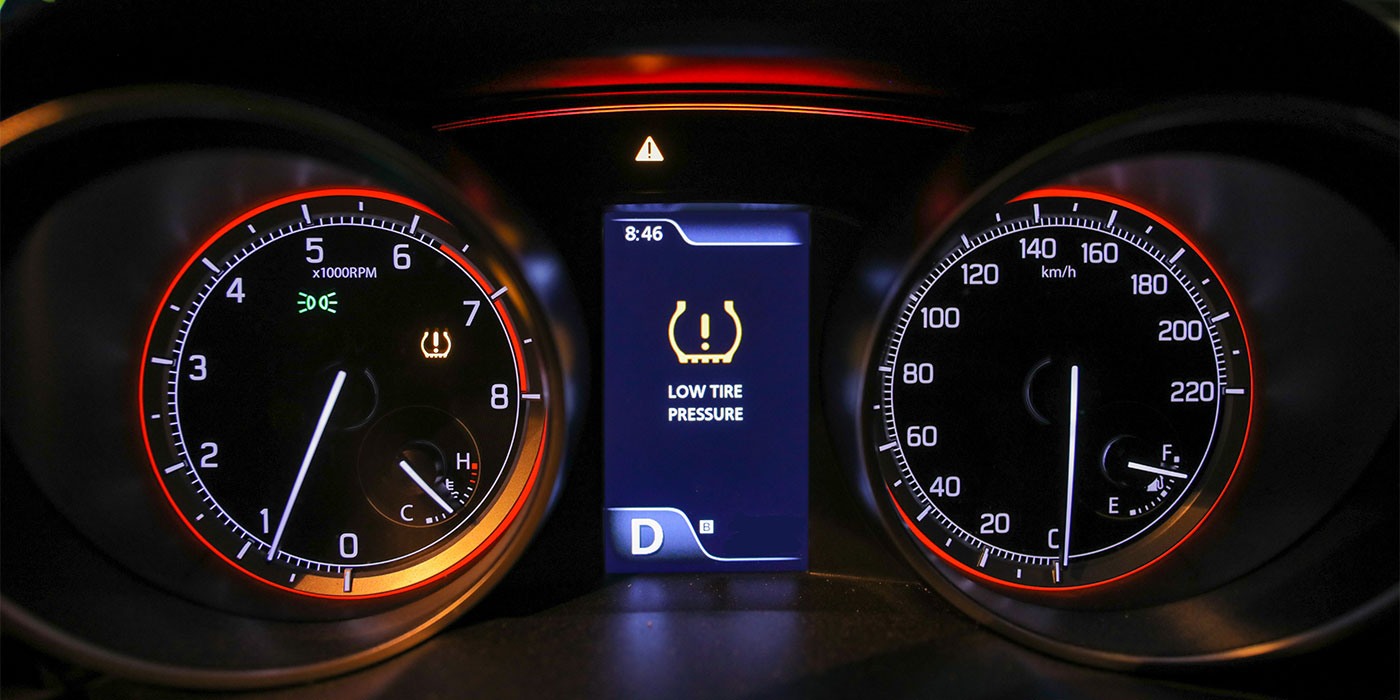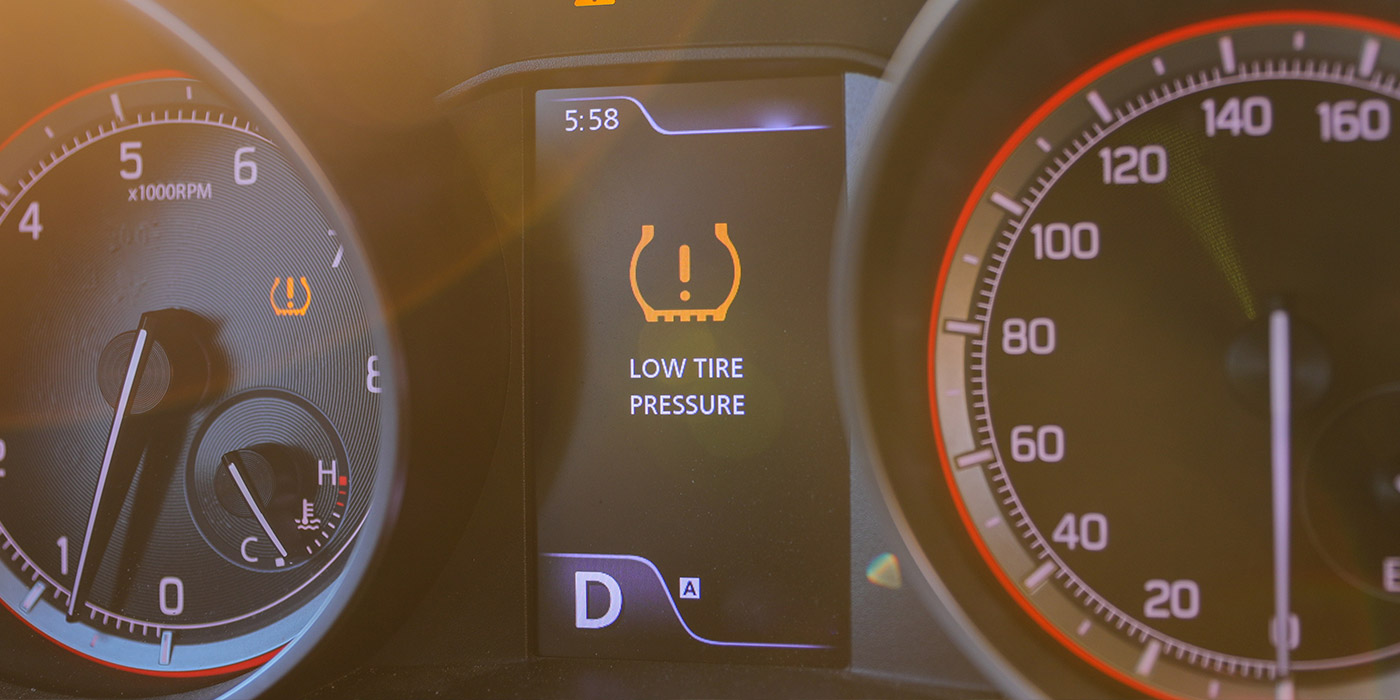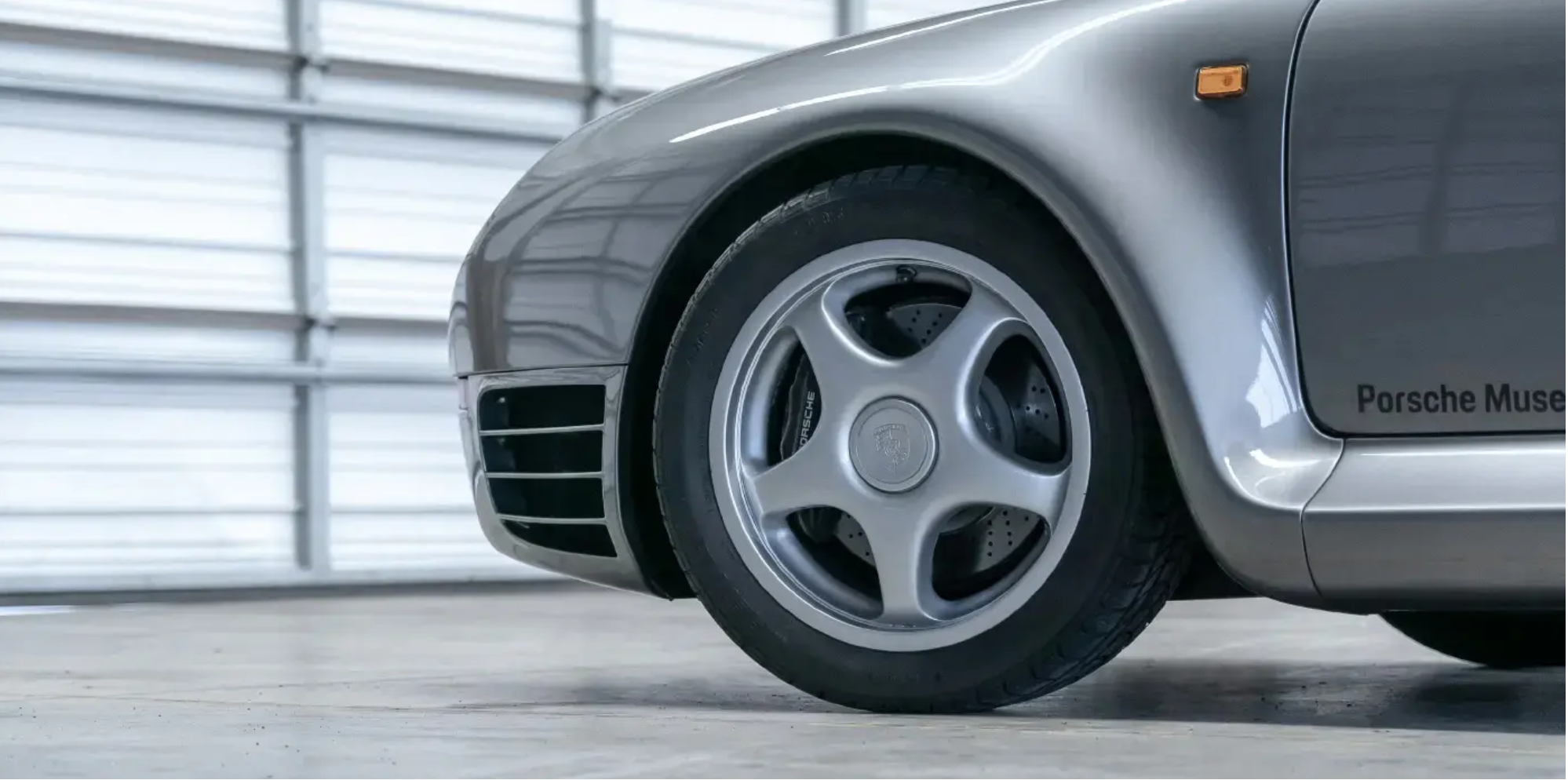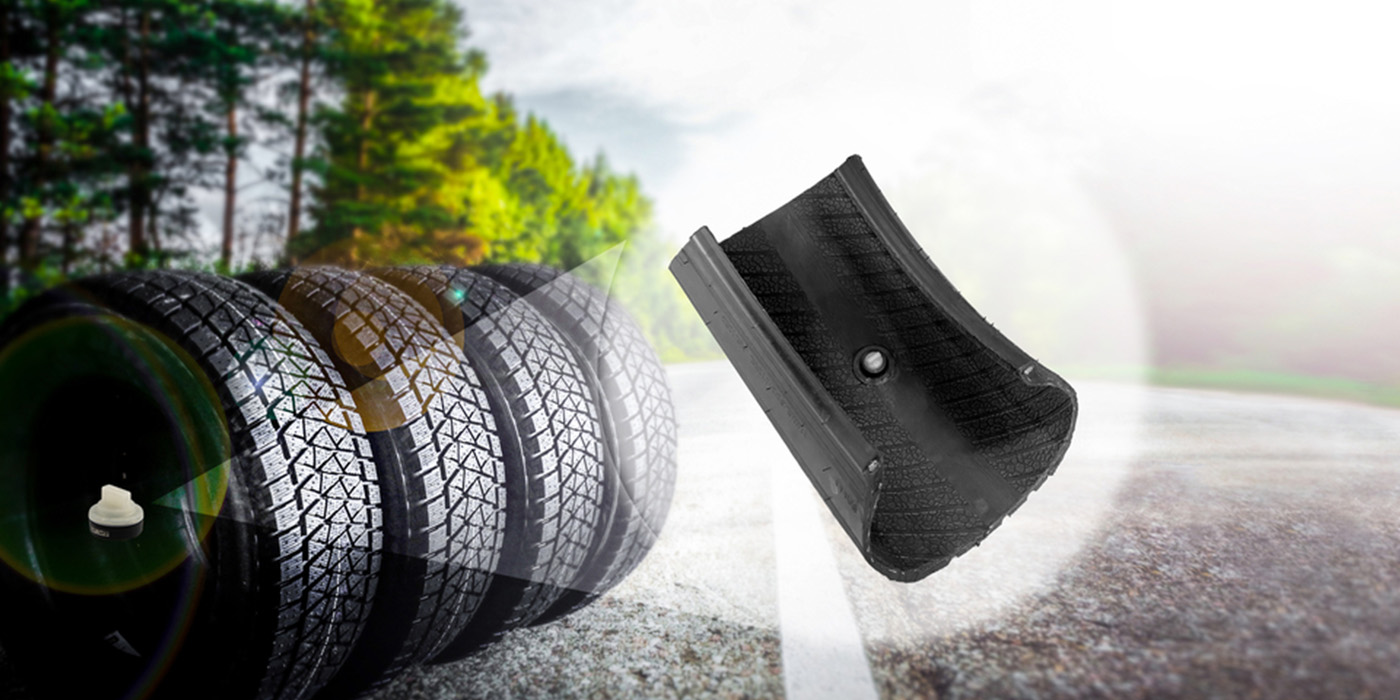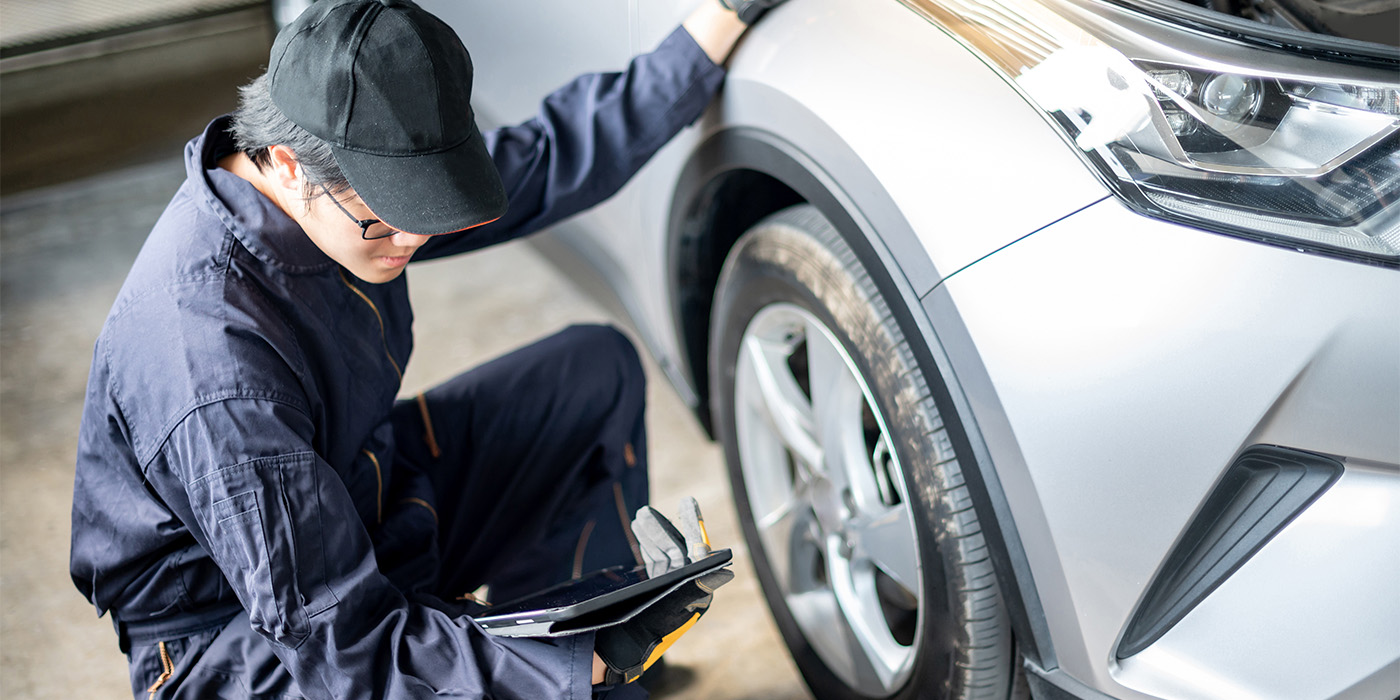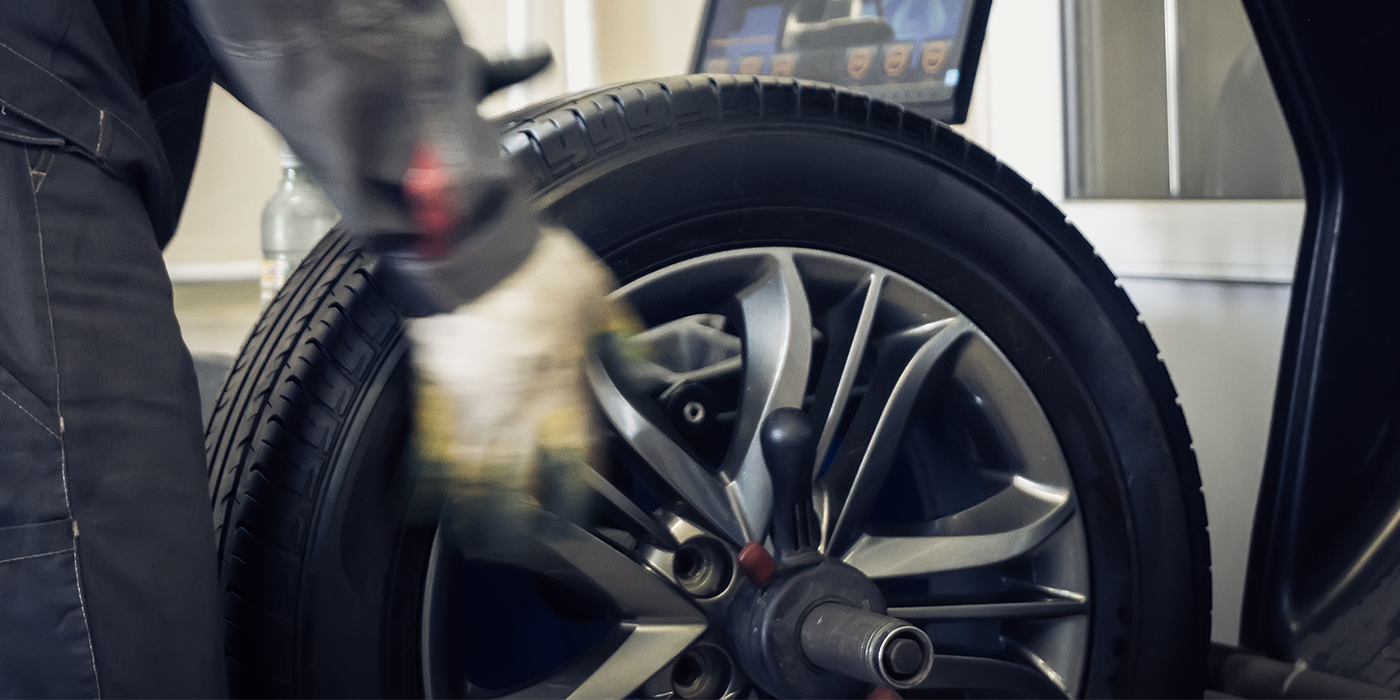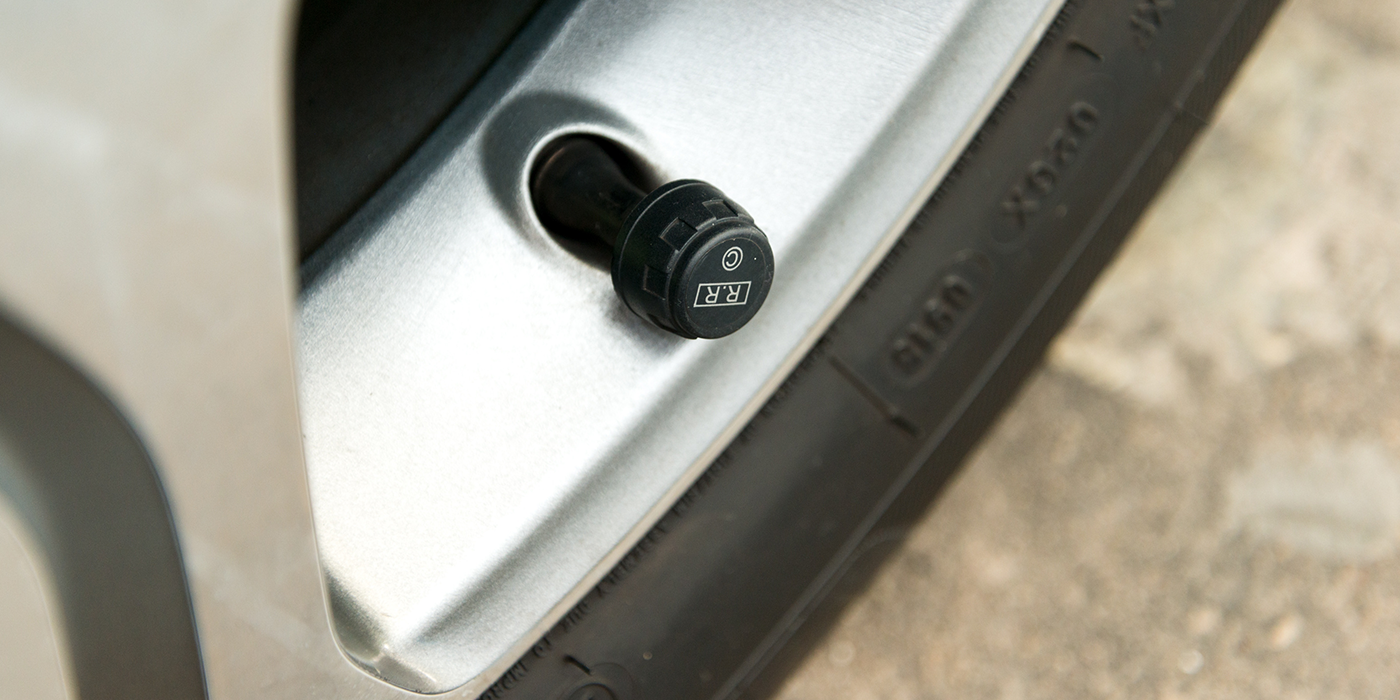Automatic hubs are used on many 4×4 trucks to disengage the front wheels when four-wheel drive is not needed. Disconnecting the front wheels reduces friction and may improve fuel economy as much as one mile per gallon depending on the vehicle. A one mpg difference may not sound like much, but with gas costing around $3 a gallon these days, every little bit helps.
Some trucks and SUVs that are factory equipped with automatic locking hubs include Ford F150 and F250 pickups, Broncos, Rangers and Explorers, Chevy and GMC trucks, Dodge trucks, Jeep Cherokee and Wagoneer and Toyota trucks. Applications date back to the early 1980s for domestic trucks, and as far back as 1976 for Toyota.
The main advantage of being able to disengage the front wheels on the go is that the driver doesn’t have to stop, get out of his vehicle and twist a dial on the hub to disengage or engage the front wheels. The automatic hub does it automatically on the fly. The locking mechanism inside an automatic hub is sort of like a one-way clutch. When torque is applied by the driveshaft, it forces the hub to slide in and lock. The hub then remains in the locked position as long as the transfer case remains in four-wheel drive. When the driver shifts to two-wheel drive, the clutch mechanism inside the hub slides back out and releases the hub, allowing the wheel to turn independent of its axle shaft.
There are a number of automatic hub designs, though, and not all are capable of engaging while the vehicle is in motion. Some of the older types require the vehicle to stop and back up a short distance to engage the locking mechanism. Some automatic hubs don’t engage in reverse, and others use a vacuum diaphragm to engage the hub (or the axle shaft) when switching between two- and four-wheel-drive modes.
There are also aftermarket hub conversions for changing manual locking hubs to automatic hubs or replacing troublesome OEM automatic hubs with heavy-duty manual locking hubs (which is something most serious off-roaders do to improve traction and durability).
On some applications, only one side unlocks when in the 2WD mode. With this setup, the hub on the opposite side remains locked and the axle continues to turn with the wheel. But as long as the transfer case remains in the 2WD mode, the front wheels are not driven. When the transfer case is shifted into 4WD, the unlocked hub automatically slides into position and locks the axle so both front wheels become drive wheels.
Some automatic hubs, like the “Selectro” automatic hubs on Jeeps with six bolt lock-outs, have an “auto” and “lock” position on the dial. This allows the hub to engage as needed or to remain in the locked position all the time.
If a vehicle has been equipped with a locking front differential (such as a Detroit Locker), some type of manual or automatic locking hub is usually required. A locked differential is great for serious off-roading because it keeps both front wheels turning regardless of traction. But it can make a vehicle difficult to handle or steer when driving on dry or wet pavement, or even in snow, loose dirt or sand. Unlocking one or both hubs allows the front wheels to turn at different rates for easier steering and turning when maximum traction isn’t needed.
Hub Problems
Automatic hubs can be troublesome. The most common problem is the hub won’t engage. Mud, rust or worn parts inside the hub can prevent the mechanism from sliding in and locking the hub. The driver may not notice anything is wrong until he finds himself stuck axle deep in mud and realizes the front wheels aren’t doing anything. Or, he may hear some grinding noises when he shifts to four-wheel drive and may think something is wrong with the transfer case or front differential.
For the same reasons that prevent the hub from engaging, a hub may also fail to release. Anything that binds the internal mechanism can prevent it from sliding and releasing. The most noticeable symptoms may be an increase in fuel consumption, noise on the highway and/or increased front tire wear.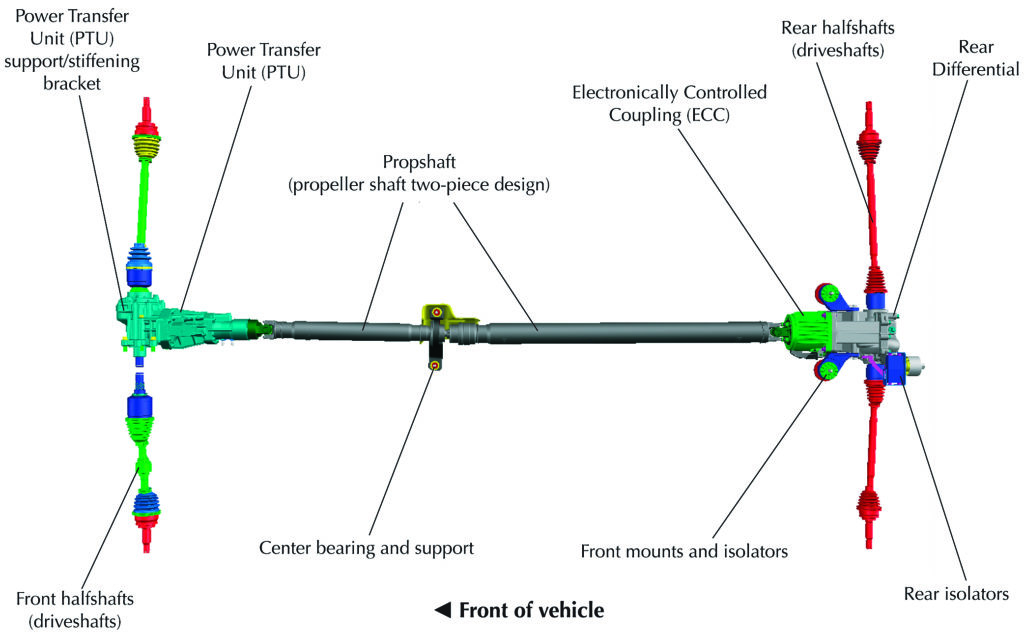
Diagnosing a Problem
Diagnosing an automatic hub problem may require test driving the vehicle, or raising a front wheel to see if the hub is engaging and disengaging properly. Put the transmission in park, set the parking brake and raise the chassis so one of the front wheels is off the ground while the other is still on the ground. When the transfer case is in two-wheel drive, the hubs should be released allowing the wheels to turn freely when spun by hand. If the axle shaft turns when you spin the wheel, it means the hub has not disengaged.
To check engagement, rotate the axle shaft backward. This should lock the hub. Try turning the wheel by hand again. The axle shaft should now turn with the wheel if the hub is locked. If the hub fails to lock, it will have to be disassembled and inspected or replaced.
To check release, hold the axle shaft steady and rotate the wheel backward. You should hear a click as the locking mechanism slides back out and disengages the hub. Rotate the wheel forward again, and it should turn freely.
Another way to check the hubs is to raise the vehicle on a frame contact lift so all four wheels are off the ground. Then, start the engine and place the transfer case in four-wheel drive and the transmission in drive. If the front wheels don’t turn, look at the front axle shafts. If both shafts are turning, but one wheel is not, the problem is a bad hub on the wheel that isn’t turning. If the front driveshafts are not turning when the transfer case is in four-wheel drive, the problem is inside the differential (broken side gears) or the transfer case (broken chain, shift linkage, etc.). If the driveshaft between the transfer case and the differential is turning, the problem is in the differential. If the driveshaft is not turning, the vehicle is going to need repairs to the transfer case.
Hub Maintenance
Refer to the vehicle owners manual for recommended hub maintenance. For normal driving, the hubs should be cleaned, inspected and lubricated every two years or 24,000 to 30,000 miles.
For off-road use or driving in hub-deep mud or water, more frequent maintenance is usually required to reduce the risk of hub trouble in the future.
To service the hub, some disassembly is required. The outer hub cover is usually attached to the hub with five or six Torx screws. Once the cover has been removed, you can loosen and remove the rest of the clips and/or fasteners that attach the hub assembly to the wheel hub. Disassembly and reassembly procedures will vary from one hub design to another, so refer to the OEM service information for the particulars. If you don’t have a manual or online service information, disassemble one hub at a time. That way if you can’t remember how the parts came apart, you can always refer to the other hub as a guide.

